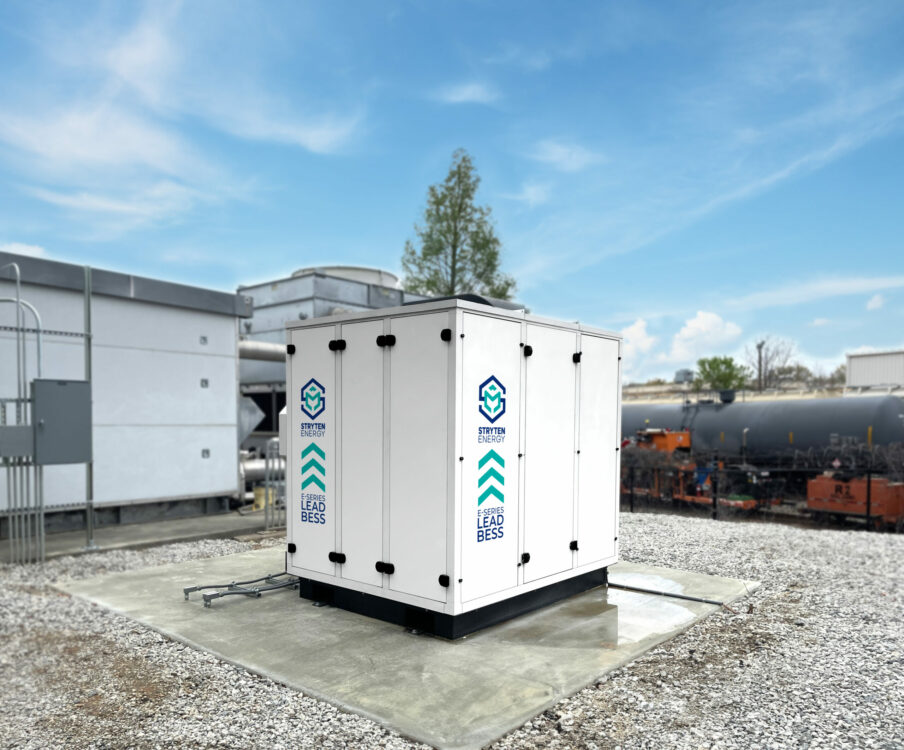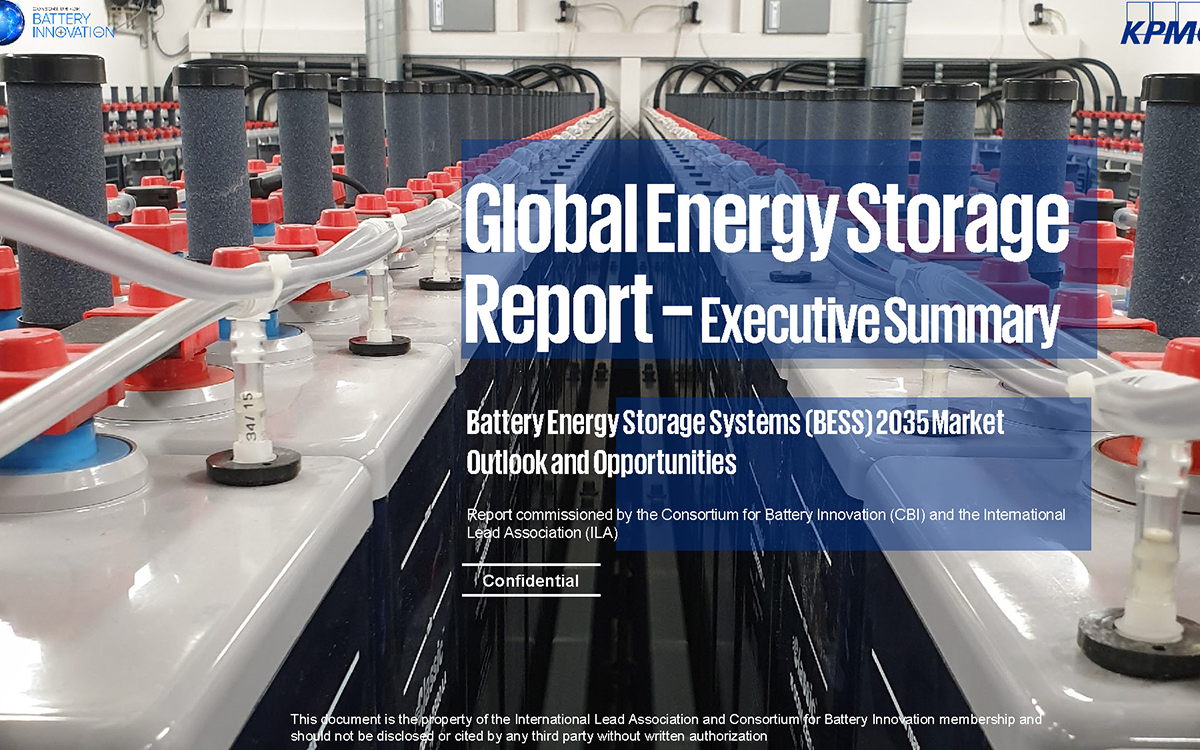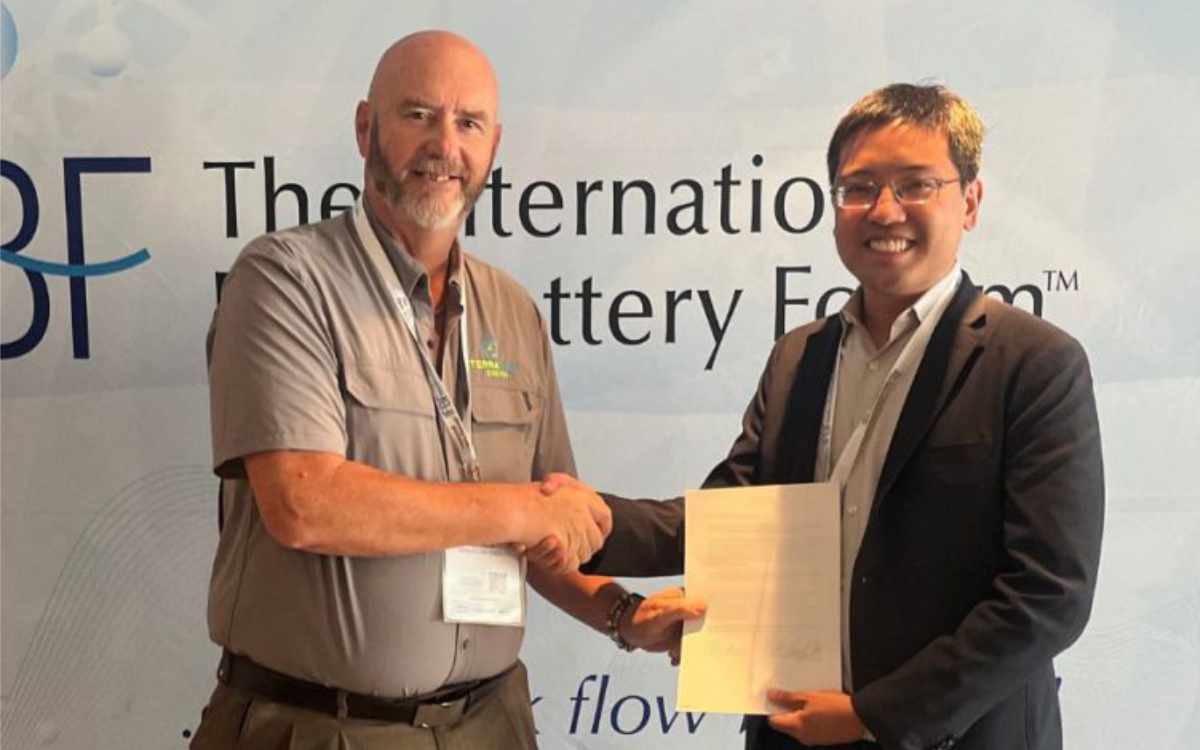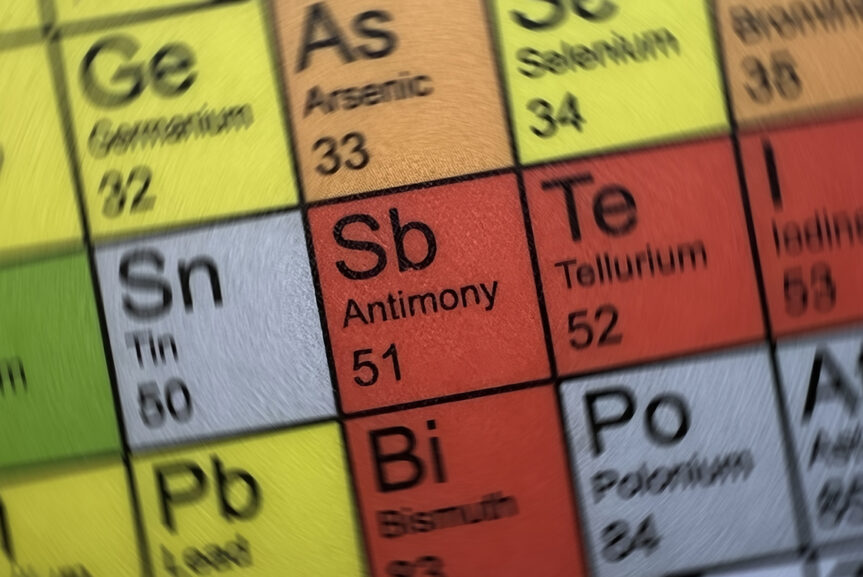The Georgia Institute of Technology will test the efficiency of lead-batteries to balance renewable integration on the grid using US firm Stryten Energy’s energy storage system.
The installation will become a ‘living-learning’ laboratory that supports the US university’s research on the real-world application of medium-duration energy storage solutions.
The system is installed at the Carbon Neutral Energy Solutions Laboratory (CNES), which houses the interdisciplinary Strategic Energy Institute (SEI).
Lead batteries were selected because of the technology’s low cost, high discharge rates, recyclability, and extensive evidence demonstrating its reliability.
At the CNES laboratory, Georgia Tech researchers will control charging and discharging cycles for the battery in coordination with an existing solar PV array and a new EV charging test bed. The research tool will offer peak-shifting services that smooth solar input to meet late afternoon demand and store energy to charge campus vehicles overnight.
It will do this using bi-directional charging to integrate renewable energy sources into the existing power mix and provide backup power.
Christine Conwell, SEI’s interim executive director, said: “Through enduring partnerships with organisations like Stryten, we are creating mini ecosystems that yield valuable situational data to help chart a path for innovative energy research well beyond the campus.”
The role of Distributed Energy Resources (DER) in the broader energy landscape is a crucial area of research, particularly in understanding their impact on the grid, their contribution to system reliability, and their effect on energy costs.
The lead ESS is one of several living-laboratory battery pilots Georgia Tech hopes to investigate. Along with regional partners, its researchers are exploring similar R&D and testing projects involving flow batteries and lithium-ion that may integrate second-life EV battery modules.












